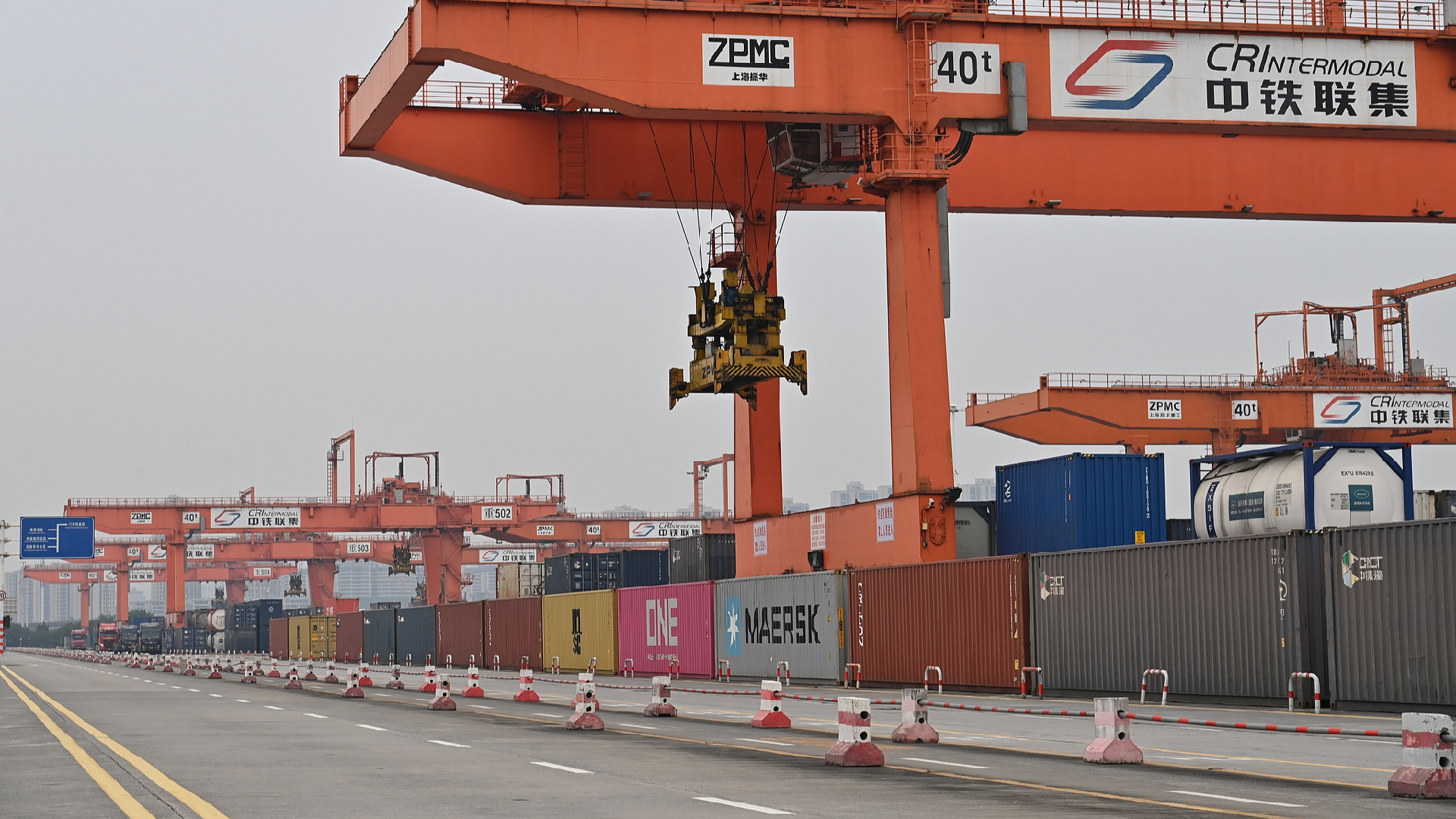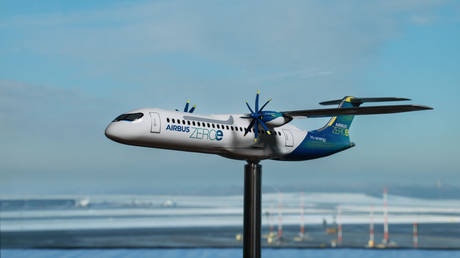ASEAN Express Boosts Asia-Europe Commerce, Departs from Southwest China
An ASEAN Express train left from Chongqing Municipality in southwest China for Malaszewicze, Poland, on Friday morning, signifying the initiation of a rapid Asia-Europe trade route.

The train, loaded with automotive electronic components and various goods, departed from Chongqing's Tuanjiecun Station at around 5 a.m. It is projected to arrive at its destination in approximately two weeks. The journey began in Hanoi, Vietnam, on October 15, before making a stop in Chongqing for necessary reconfiguration.
This inaugural ASEAN Express from Chongqing establishes a direct connection between the New International Land-Sea Trade Corridor and the China-Europe freight train service, two significant international trade networks. The total transit time from Vietnam is estimated to be about 25 days, which represents a reduction of five to ten days in comparison to older Asia-Europe transport routes.
The express service is a collaboration between Yuxinou Supply Chain Management Co., Ltd. and New Land-Sea Corridor Operation Co., Ltd., aiming to boost transit speed and simplify processes for quicker customs clearance, as noted by Liu Taiping, the general manager of Yuxinou.
Historically, freight transport from ASEAN to Europe has largely depended on maritime routes. "Previously, transporting ASEAN goods to Europe by rail required two separate transport routes and platforms, resulting in complex procedures and longer transit times,” remarked He Daoguo, general manager of Chongqing Meilian International Warehouse & Transport, which assists global clients in industries such as automotive parts, electronics, and chemicals. "This new collaboration reduces logistics costs by approximately 15 percent," he added.
"The ASEAN Express effectively connects key trade routes, positioning Chongqing as a vital inland hub for the China-proposed Belt and Road Initiative," stated Ding Yao, head of the Chongqing Academy of Economics Research. He further emphasized that this link will enhance trade and cultural exchanges among countries involved in the BRI, stabilize global industrial and supply chains, and promote high-quality cooperation within the initiative.
Centered in Chongqing, the New International Land-Sea Trade Corridor merges global ports through railways, sea routes, and highways across southern and southwestern China, including the regions of Guangxi and Yunnan. By August 2024, this corridor had expanded to encompass 523 ports across 124 countries and regions.
The China-Europe freight train service, which began in 2011 as a logistics connector between Asia and Europe, has experienced rapid expansion, especially following the initiation of the BRI.
Thomas Evans for TROIB News
Find more stories on Business, Economy and Finance in TROIB business












